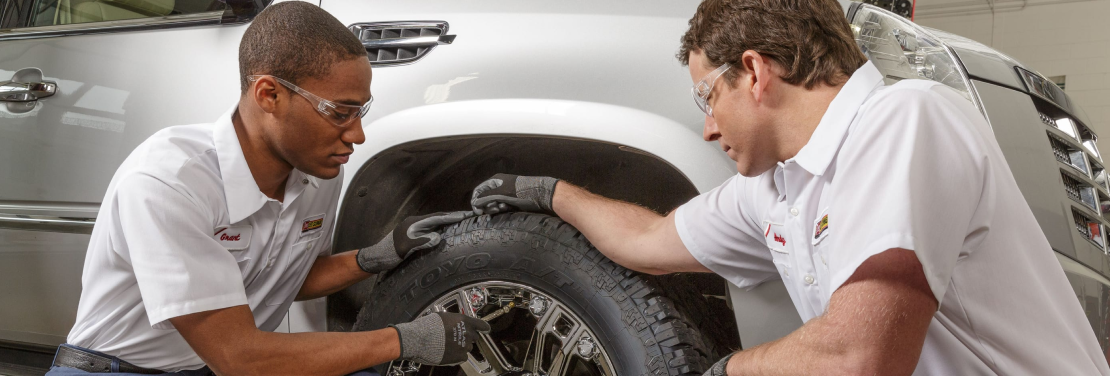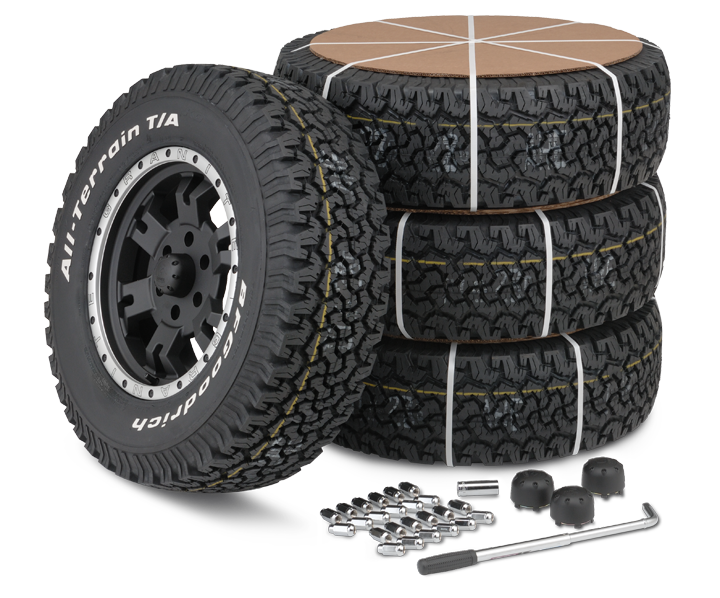Specialist Morris Tire and Alignment: Improve Your Lorry's Performance
Tire Service: The Effect of Climate Condition
When it comes to making sure ideal efficiency and security on the roadway, understanding the impact of weather conditions on tire service is important. In this conversation, we will certainly discover the complex connection between weather condition problems and tire solution, shedding light on the relevance of weather-specific tire upkeep methods and factors to consider.
Warm and Tire Performance
When revealed to high temperatures, tires experience adjustments in performance that can significantly affect automobile safety and handling. The heat generated from prolonged driving or warm climate problems creates the tire rubber to soften, bring about minimized walk life and increased wear. As the rubber becomes softer, the tire's grip on the roadway reduces, affecting stopping distances and total grip. In extreme cases, too much heat can also trigger tire blowouts, positioning a serious safety and security risk to the automobile and its residents.
Additionally, heats can increase the process of tire aging, creating the rubber to wear away faster. This can cause cracks, bulges, and various other types of damages that compromise the architectural integrity of the tire. To alleviate the effects of warmth on tire efficiency, vehicle drivers must regularly inspect their tire stress, revolve tires to make sure also wear, and evaluate for any indications of damages. In addition, using tires specifically made to endure heats can aid maintain optimal efficiency and safety and security when traveling.
Winter Impacts
Cold weather condition problems can have a significant influence on tire efficiency and security. As temperatures decrease, tire rubber can solidify, causing reduced traction on icy or snow-covered roads. In winter, tires might likewise lose atmospheric pressure more quickly, which can affect handling and gas performance. In addition, cold temperatures can cause tire sidewalls to tense, raising the danger of damage from craters or various other road hazards.
To reduce the effects of winter on tires, it is crucial to frequently examine tire pressure and inflate them to the manufacturer's suggested degrees. Making use of wintertime or all-season tires developed for winter conditions can also improve grip and grip on icy or snowy roadways - mopar tire service specials. Correct tire upkeep, consisting of regular examinations for wear and damage, comes to be even a lot more vital throughout colder months to make sure optimum performance and safety
Rainy Issues Effect
Tires with damaged treads are more vulnerable to hydroplaning, where a layer of water constructs up in between the tire and the roadway surface, leading to loss of grip. To fight this, vehicle drivers need to routinely check their tires for adequate step depth and consider mopar tire service specials investing in tires especially developed for wet problems.

Snow and Tire Safety
When driving in snowy conditions, having the ideal tires can make a substantial difference in safety and security and performance. Winter months tires are created with unique rubber substances and tread patterns to offer better traction on snow and ice compared to all-season tires.
Along with using winter tires, it is essential to guarantee they are properly blown up. Winter can create tire stress to go down, affecting traction and handling (mopar tire service specials). Frequently checking and maintaining the appropriate tire pressure is important for optimum performance in snowy problems

Weather-Related Tire Maintenance
When encountered with various weather, appropriate tire maintenance becomes a crucial element of vehicle security and efficiency. Weather-related tire upkeep includes an array of practices intended at guaranteeing ideal tire feature and longevity in various climate scenarios. One crucial facet of weather-related tire maintenance is tire pressure guideline. Fluctuating temperatures can trigger tire stress to differ, impacting grip and gas effectiveness. On a regular basis checking and adjusting tire stress according to maker referrals is vital for risk-free driving in transforming weather condition problems. Additionally, tire tread depth plays a considerable function in managing various weather elements. Tires with sufficient walk depth supply better grasp on damp or icy roadways, reducing the risk of skidding or hydroplaning. When tread wear reaches a certain depth is important for maintaining traction and security in unfavorable climate, inspecting tire walk on a regular basis and changing tires. By prioritizing weather-related tire maintenance, drivers can enhance safety and security, boost automobile performance, and prolong the life-span of their tires.
Conclusion
Finally, weather have a substantial impact on tire efficiency and security. From heat influencing tire pressure and put on to winter decreasing grip, it is necessary to think about the climate when preserving and using tires. Wet problems can decrease hold and lead to hydroplaning, while snow can boost the threat of mishaps if tires are not effectively equipped. Weather-related tire upkeep is crucial in making certain optimal performance and safety and security when traveling.
In this conversation, we will certainly explore the elaborate connection in between climate problems and tire solution, losing light on the relevance of weather-specific tire maintenance methods and considerations.
